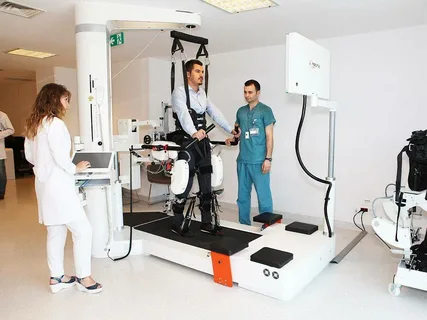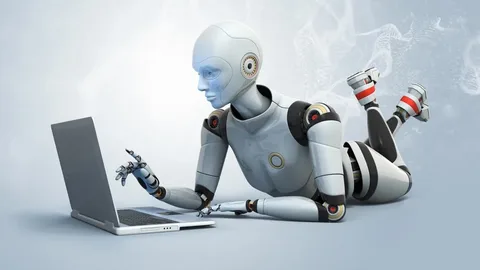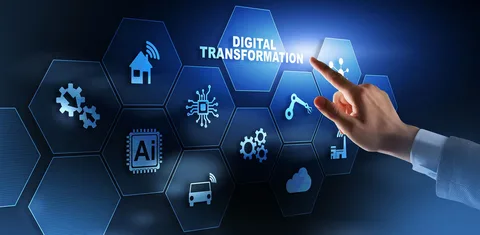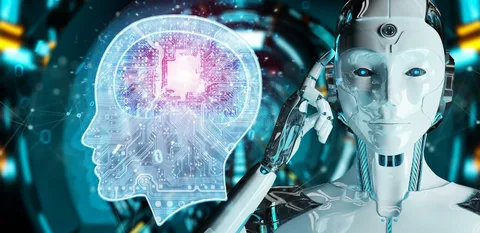If you’re struggling with a Firestick remote not working, don’t worry—you’re not alone! Many users experience issues with their Amazon Firestick remote not working from time to time. Whether it’s unresponsive buttons, no lights, or the remote not pairing, there are a variety of potential causes for the problem. In this blog, we’ll walk you through some troubleshooting steps to help you fix the issue and get your Firestick TV remote not working back up and running.
Common Causes of Firestick Remote Issues
There are a few common reasons why my Firestick remote is not working as expected. These include:
- Low or dead batteries: One of the most frequent causes is that the batteries in the remote have run out or aren’t installed properly.
- Interference: Sometimes, other electronic devices may interfere with the remote’s signal.
- Bluetooth connection issues: The Firestick remote operates over Bluetooth, and sometimes, this connection may fail or be disrupted.
- Software glitches: Occasionally, a software update or malfunction can cause the remote to stop working.
- Outdated remote: If you have an older remote, it might not be fully compatible with newer Firestick models.
Troubleshooting Steps for Firestick Remote Not Working
Now that you have an idea of what might be causing your Firestick remote not working let’s dive into some steps to fix it.
1. Check the Batteries
If your Firestick remote is not working, no light issue is occurring; the first thing to check is the batteries. Low or dead batteries can prevent the remote from working entirely. Try replacing the batteries with fresh ones to see if this resolves the problem. Ensure the batteries are inserted correctly, with the positive and negative ends aligned.
2. Restart Your Firestick
Sometimes, the Firestick TV remote not working can be fixed by simply restarting your Firestick. You can do this by unplugging the Firestick from the TV and power source for 30 seconds to a minute. Once it’s unplugged, plug it back in and check if the remote is now functioning properly.
3. Re-pair Your Firestick Remote
If you’re still facing issues with the Amazon Firestick remote not working, try re-pairing it. To do this, follow these steps:
- Hold down the Home button on your remote for 10 seconds.
- The remote should automatically reconnect to your Firestick. If this doesn’t work, go into your Firestick settings:
- Navigate to Settings > Controllers & Bluetooth Devices > Amazon Fire TV Remotes.
- Select Add New Remote and follow the on-screen prompts.
4. Ensure There’s No Interference
Ensure that no objects or other electronics are obstructing the signal between the Firestick remote and Firestick. The remote uses Bluetooth to communicate with the device, so it’s important to ensure a clear line of sight. Move other electronic devices like routers, speakers, or microwaves that could potentially cause interference.
5. Update Firestick Software
An outdated software version on your Firestick could be contributing to the firestick remote not working issue. Go to Settings > My Fire TV > About > Check for Updates to see if there are any updates available. If there is an update, install it and then check if your remote starts functioning correctly.
6. Use the Firestick App
If you can’t get your physical remote working, use the Fire TV app on your smartphone as a temporary solution. This app allows you to control your Firestick from your phone, giving you full access to navigate and control your device until you fix your firestick remote not working issue.
FAQs About Firestick Remote Not Working
Why is my Firestick remote not working?
There are several potential reasons why your Firestick remote not working issue may occur. This could be due to low or dead batteries, Bluetooth connectivity problems, or even interference from other devices. It might also be a software glitch or a need for a reset.
Why does my Firestick remote not work?
If your Amazon Firestick remote is not working, is showing no light, or is unresponsive, it may be a problem with the remote itself or the connection between the remote and your Firestick. Try troubleshooting with steps like replacing batteries, restarting the device, or re-pairing the remote.
Why is my Firestick remote not working?
If my Firestick remote is not working properly, it could be due to technical issues like Bluetooth failure, low battery power, or even software conflicts. Following basic troubleshooting steps can help resolve the issue.
Why is the Firestick remote not working?
When your Firestick TV remote is not working, the issue may lie in several areas, such as interference, outdated software, or connection problems. Ensure that the remote is paired properly, the batteries are fresh, and that the device is free from interference.
Why is the Firestick remote not working?
If your Firestick remote is not working, has no light, or is unresponsive, the issue could be as simple as dead batteries, or it may require more advanced troubleshooting, like resetting the remote or updating your Firestick software.
Conclusion
A Firestick remote not working issue can be frustrating, but in most cases, it’s something that can be easily fixed. By following these troubleshooting steps, you can address the common causes of the Amazon Firestick remote not working and get your device back to normal. If none of the above methods work, it may be time to reach out to Amazon support or consider replacing the remote.
For more tips, troubleshooting guides, and solutions, be sure to check out DailyArc, your go-to source for all things tech and entertainment!









